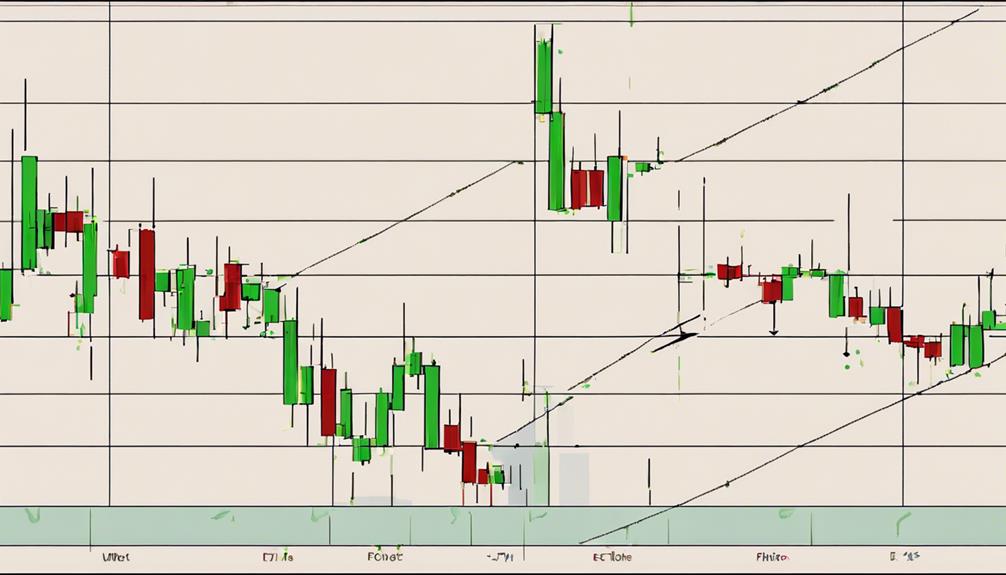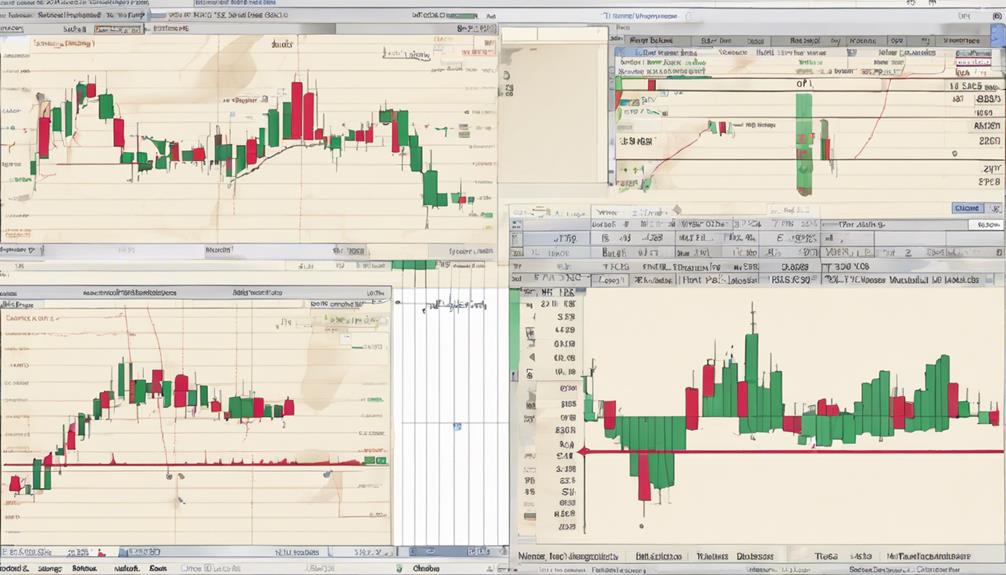In the realm of trading, mastering the art of utilizing pivot points can be a game-changer for traders seeking to enhance their strategies. These pivotal indicators offer valuable insights into market dynamics, yet unlocking their full potential requires a strategic approach.
By unraveling the three essential steps that underpin the effective use of pivot points, traders can navigate the complexities of the financial markets with precision and finesse. Understanding these steps is not just about making informed decisions, but rather about transforming the way traders interpret and respond to market movements.
Understanding Pivot Points Calculation
In the realm of financial analysis and trading strategies, a fundamental aspect that traders must grasp is the precise calculation method employed to determine pivot points. Pivot points are essential tools used in technical analysis to identify potential support and resistance levels in price movements. The central pivot point is calculated by adding the previous day's high, low, and closing prices and dividing the sum by three. This central pivot point serves as a crucial reference level for traders to gauge potential price movement.
Moreover, additional support and resistance levels are calculated based on the central pivot point to provide further insights into potential price fluctuations. Traders utilize pivot points to formulate trading strategies by identifying key levels where the price may experience a shift in direction. Understanding the calculation of pivot points is vital for traders to effectively incorporate them into their trading strategies and make informed decisions based on these key levels. By analyzing pivot points, traders can enhance their technical analysis and develop more robust trading strategies.
Identifying Key Pivot Levels

Key pivot levels play a pivotal role in guiding traders towards potential entry and exit points in the financial markets based on calculated support and resistance levels. These levels, including the central pivot point, support, and resistance levels, are crucial in determining market sentiment and price movements.
The central pivot point serves as a significant reference around which traders assess the market sentiment. Support levels situated below the central pivot point signal areas where buying interest may arise, indicating potential entry points for traders. On the other hand, resistance levels located above the central pivot point highlight zones of selling pressure and profit-taking opportunities, suggesting possible exit points.
Implementing Pivot Points in Trading Strategy

Utilizing pivot points in trading strategy involves integrating calculated high, low, and close prices from the previous day to establish key support and resistance levels for assessing market sentiment and potential trend changes. Pivot point calculation serves as a foundation for trading strategies, providing traders with significant levels to make informed decisions on entry and exit points. These levels act as dynamic areas where price action can confirm market direction.
Traders often adjust pivot points based on evolving market conditions, incorporating them alongside other technical indicators to enhance their analysis. By combining pivot points with trend analysis, traders can better understand the prevailing market sentiment and adapt their strategies accordingly. Successful implementation of pivot points in trading requires a deep understanding of how these levels interact with price movements and technical indicators, allowing for a comprehensive approach to navigating the complexities of the financial markets.
Monitoring Price Action Around Pivot Points
Observing how price movements interact with pivot points provides valuable insights into market sentiment and potential trend shifts, crucial for informed trading decisions. By monitoring price action around pivot points, traders can identify key support and resistance levels. This observation helps in pinpointing optimal entry and exit points, enhancing the effectiveness of trading strategies.
Analyzing price behavior near pivot points is essential for confirming trading decisions and adjusting strategies based on market dynamics. Understanding the reactions of price movements around pivot points aids traders in making informed choices, leading to successful trading outcomes. Therefore, staying vigilant and observant of price action at these critical levels is paramount for traders seeking to capitalize on market opportunities and navigate trend shifts effectively.
Adjusting Trading Decisions Based on Pivot Points

Analyzing price movements in relation to pivot points is essential for traders to make informed adjustments to their trading decisions based on key support and resistance levels derived from the previous day's price data.
- Pivot points help traders identify key levels for support and resistance, guiding them on when to enter or exit trades.
- Adjusting stop-loss and take-profit levels based on pivot points enhances risk management, ensuring potential profits are optimized.
- By using pivot points, traders can adapt their strategies to market sentiment and price movements, increasing the likelihood of successful trades.
- Utilizing pivot points in trading decisions allows for dynamic adjustments to strategies based on the current market conditions, leading to improved outcomes and better decision-making processes.
What Are the Basic Steps to Use Pivot Points in Trading?
To effectively use pivot points in trading, it’s crucial to follow the essential pivot point trading steps. First, calculate the pivot point and support/resistance levels. Then, observe how the price behaves around these levels. Finally, use this information to make informed entry and exit decisions in your trading strategy.
Frequently Asked Questions
What Is the Correct Way to Trade With Pivot Points?
The correct way to trade with pivot points involves utilizing them as dynamic support and resistance levels for strategic entry and exit decisions. Pivot points aid in identifying potential price reversals and setting precise profit targets, enhancing market analysis and trading success.
What Is the Pivot Strategy in Trading?
The pivot strategy in trading involves utilizing pivot points derived from previous price data to pinpoint critical levels for support and resistance. This strategy aids in gauging market sentiment, identifying potential trend shifts, and strategically planning trade entries and exits.
What Is S1 S2 S3 R1 R2 R3 in Trading?
S1, S2, S3, R1, R2, R3 are key support and resistance levels derived from pivot points in trading. They signify potential price reversal or continuation areas, aiding traders in setting stop-loss orders, determining entry/exit points, and assessing market sentiment.
What Are the Most Effective Pivot Points?
The most effective pivot points for trading include Standard, Fibonacci, Camarilla, Woodie's, and DeMark pivot points. These pivot points offer unique support and resistance levels based on different formulas, catering to various trading styles and strategies.
Conclusion
In conclusion, mastering the utilization of pivot points in trading requires a deep understanding of market trends, support/resistance levels, and sentiment.
By incorporating pivot points strategically into trading strategies and adjusting decisions based on their analysis, traders can enhance their accuracy and overall trading performance.
Remember, pivot points are like guiding stars in the vast sea of financial markets, helping traders navigate their way to success.


